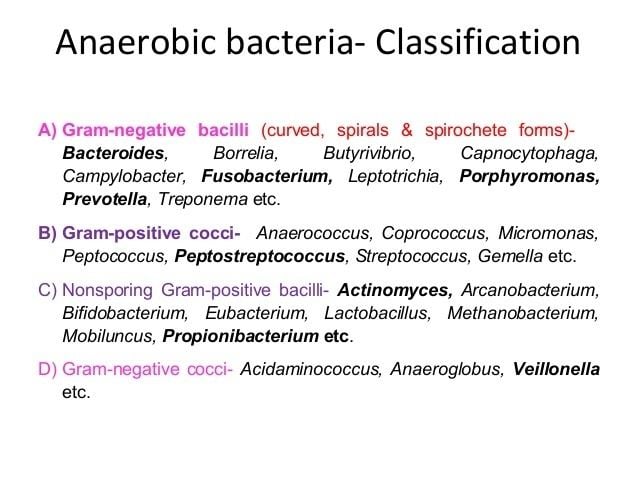
Obligate aerobes require o2 for cellular respiration to oxidise substrates e g sugars and fats to obtain energy. What are anaerobic bacteria anaerobic bacteria are microorganisms that grow in the absence of oxygen.

Examples of aerobic bacteria.
Examples of aerobic bacteria. In addition to the above mentioned strains the list of aerobic bacteria includes staphylococcus facultative and enterobacteriacae species facultative among others. The major roles of aerobic bacteria include recycling of nutrients decomposing waste products and assisting in plant nutrient absorption. Some examples of aerobic bacteria include mycobacterium tuberculosis which causes tuberculosis bacteria in the nocardia genus which cause nocardiosis and psuedomonas aeruginosa which causes pneumonia urinary tract infections and gastrointestinal issues.
Wholly aerobic bacteria have oxygen based metabolisms and cannot survive without oxygen. Aerobic bacteria susceptible to penicillin g include most β hemolytic streptococci β lactamase negative staphylococci actinomyces spp some bacillus anthracis corynebacterium spp and erysipelothrix rhusiopathiae. 44 most species of anaerobes are susceptible excluding β lactamase producing bacteroides spp.
45 penicillin g is easily inactivated by β lactamases and has little efficacy against organisms that can produce these enzymes. In addition penicillin g is ineffective. Bacteria that grow in the presence of o2 which are the most common causes of clinical infection.
Examples myobacterium tuberculosis nocardia spp pseudomonas aeruginosa. Obligate aerobes require o2 for cellular respiration to oxidise substrates e g sugars and fats to obtain energy. Aerobic bacteria are tiny single celled creatures that are one type of germ.
Since these bacteria require oxygen to live and grow this is the defining factor for these tiny organisms. In contrast bacteria that do not need oxygen or are even harmed by oxygen are called anaerobic bacteria. Aerobic bacteria require oxygen to live and grow.
Lactobacillus mycobacterium tuberculosis and nocardia are some of the examples of aerobic bacteria. What are anaerobic bacteria anaerobic bacteria are microorganisms that grow in the absence of oxygen. The bacteria that are incapable of tolerating oxygen are called obligate anaerobes.
Bacteria species including salmonella species shigella and escherichia coli e. Coli are the most familiar examples of facultative anaerobes. All of these bacteria are associated with infection.
It is very easy to isolate these bacteria by culturing a mass of bacterial strains in some liquid medium. As they require oxygen for survival they tend to come to the surface in a bid to derive maximum oxygen available. Examples of aerobic bacteria.
Bacillus nocardia. Aerobic bacteria use oxygen and glucose to make 36 38 atp and carbon dioxide. They do these through three steps glycolysis the citric acid cycle and oxidative phosphorylation where oxygen is used.